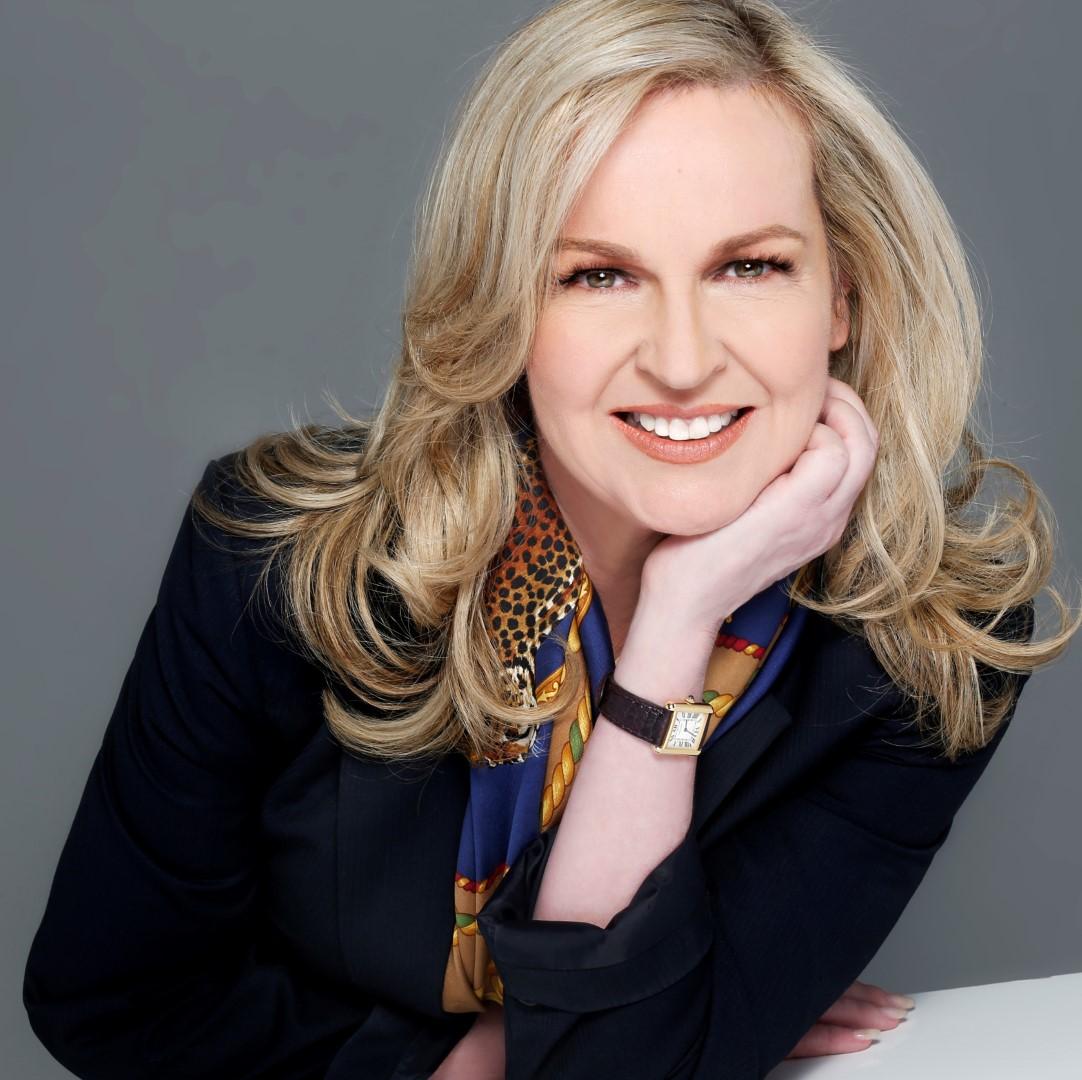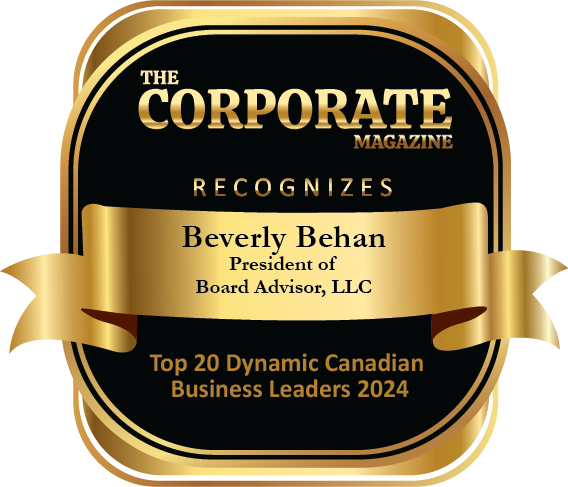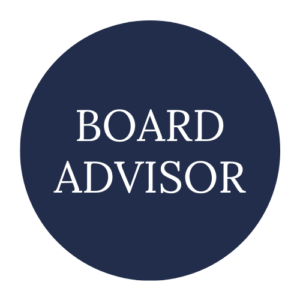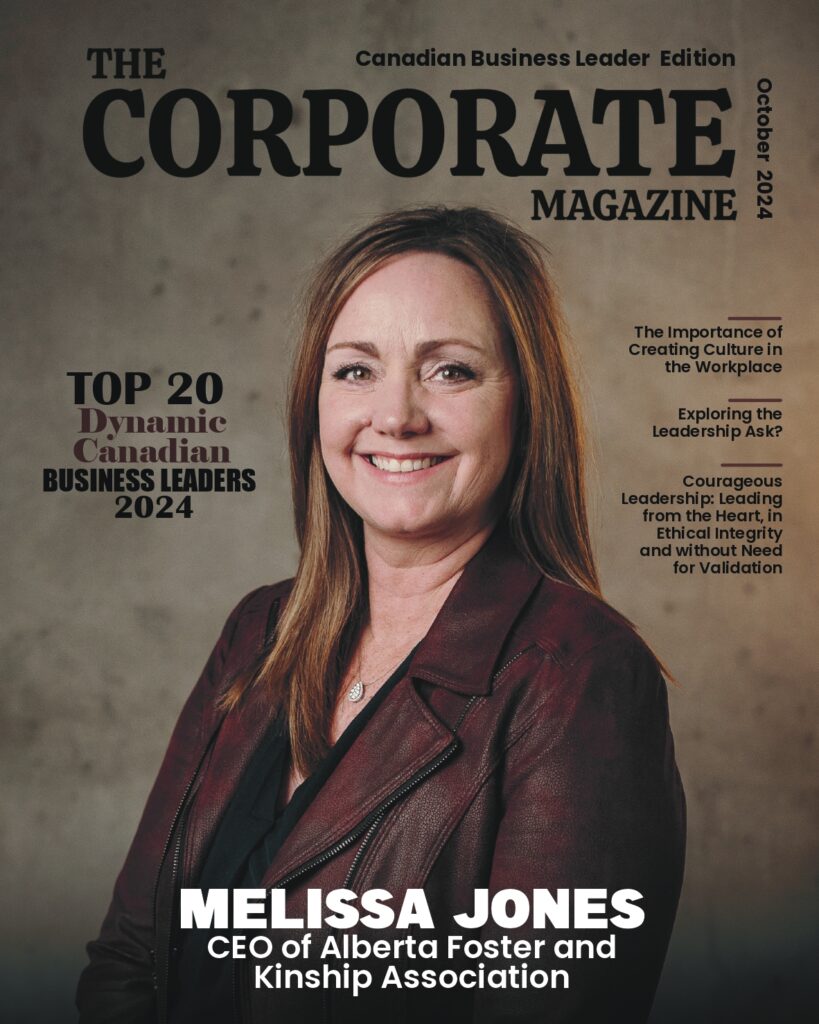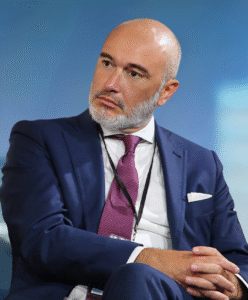Boardroom Beginnings
Behan’s first exposure to Boards of Directors came 30 years ago when she was working at a major airline in Canada – one which no longer exists. The board was comprised of marquee-name directors who made a series of poor decisions. Behan had been negotiating a “wages for stock” deal with the company’s unions – and the CEO had promised to take a 20% pay reduction as part of the arrangement. However, the board raised the CEO’s salary before the 20% was applied – sparking employee outrage. In response, board members sent a letter to employees’ homes in attempt to justify their decision. It only inflamed the situation.
“The real irony of this, “Behan reflects, “Is that we had just negotiated a deal whereby our employees had all become stockholders. They now took a real interest in the board and its decisions – and they were appalled.” The board eventually replaced the CEO with someone who ran a corporate real estate company in the same office tower as the airline’s headquarters.
“People joked that the board must have met this guy in the elevator – and decided to make him CEO.” She left the airline and returned to private practice at a law firm. There, as a securities and corporate finance attorney, she worked with other boards, all of which were lackluster. “Boards at that time had a country club mentality,” Behan notes, “They were like the hood ornament on a Mercedes Benz: They looked very impressive, but they were functionally useless.”
That changed with the fall of Enron. But it changed for Behan in 1995 when she became absorbed in a report from the Toronto Stock Exchange called “Where were the Directors?”, a scathing rebuke of the state of corporate governance in Canada. She recalls paging through it – almost breathlessly – on English Bay beach in Vancouver. It confirmed many of the disturbing things she’d come to realize about the way most boards were functioning at that time. Her friends asked, “What on earth are you reading?” “I’m reading this corporate governance thing!” she told them. “Bev,” they replied, “you’ve gotta get a life!” In that moment, Beverly Behan realized what she wanted to do: To work with Boards of Directors – and try to make them all that they should be. It’s a privilege she’s now had for more than two decades.
Great Boards Can Be Breathtaking
There are eight key parameters of board effectiveness. “Board composition is what most people focus on,” Behan explains, “and it’s probably the most important of the eight: If you have the wrong people at your board table, you can pull all the other levers and still end up with a lackluster board. On the other hand, if you’ve assembled an impressive and diverse governance team, you’re wasting all that boardroom talent unless you optimized the other seven elements.”
Behan doesn’t headhunt; she considers it a conflict of interest to her board effectiveness work. Her core expertise is board evaluation, the subject of a new book: Board and Director Evaluations: Innovations for 21st Century Governance Committees. It debuted last year as the #1 new release in Corporate Governance on Amazon worldwide.
“Realizing a board’s potential requires changes to the board pre-reading materials, the approach management takes in board presentations, the way the board works with management on strategy and succession planning – and it requires a Chair who can facilitate more complex board discussions. Every board is little bit different: A solution that may work well in one boardroom would be disastrous in another. But when it all clicks – the value the board contributes, the vibrancy of the meetings and the satisfaction directors get from being on a board like that – it’s almost breathtaking.
Becoming a Boardroom Star
In 2020, a range of DEI initiatives prompted an unprecedented level of diversity recruitment by Boards of Directors; 47% of new directors recruited to the S&P500 that year were from racial/ethnic minorities and 43% were women. In early 2021, Behan started getting calls from friends recruited to their first board as a part of those efforts. “I want to be a great director”, they told me, “What advice would you give me?” This led to some terrific conversations – and to her new book, Becoming a Boardroom Star.
A boardroom star as a director who (i) makes valuable contributions to board dialogue and decision-making by asking critical questions and offering important insights on the issues the board is dealing with; and (ii) plays a key role in supporting and advancing the effectiveness of the board, as a team. As a director begins to assume greater leadership roles within a board, the importance of the team component is further amplified.
Director Education: A New Approach
Behan has taught in director education programs for nearly 20 years, – lecturing at McGill for over a decade and serving as faculty for the Malaysian Institute of Directors for five years. However, she found that most people in board leadership roles don’t want to talk about what’s really going on with their boards in a classroom setting. During the COVID-19 lockdowns, she began a series of one-on-one Zoom workshops for Board Chairs, CEOs and even C-suite leaders who regularly present to the board. These allowed for candid discussions that were far more useful. “I think there will always be a place for traditional director courses and conferences,” Behan reflects, “But for those in board and corporate leadership roles, one-on-one workshops are probably the way to go.”













